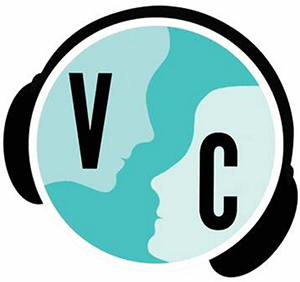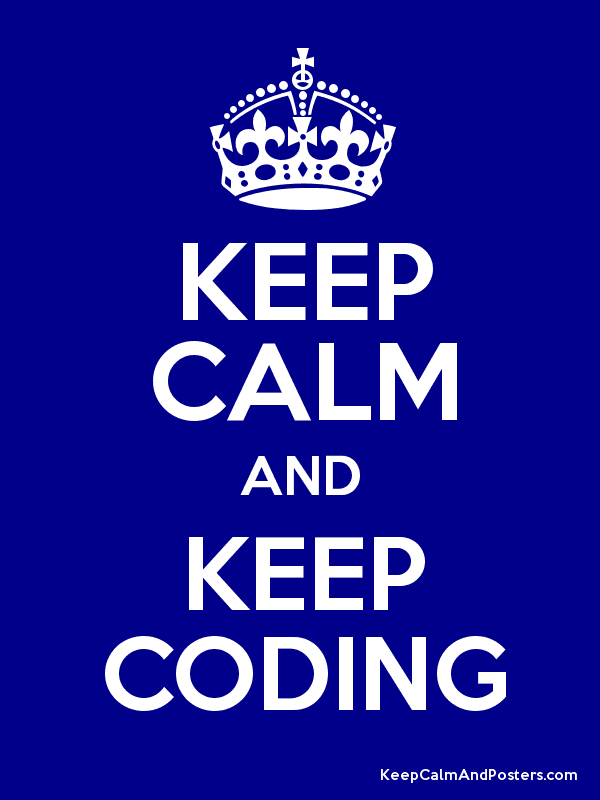If #connectedlearning is an educational approach designed for our ever-changing world, then Virtually Connecting is a #connectedlearning community that is reshaping the ways we think about professional collegiality.
In a traditional model of professional development, conferences have always been the key location to build conversations and connections. Conferences enrich our growth as educators and scholars in countless ways. That said, some conferences are simply more friendly than others (read accessible/open vs. elite/prestigious). Either way, it has always been the case that there are more wonderful conferences on the annual calendar than one could ever possibly attend in person. The more interdisciplinary your work, the broader your scope of interest in a multitude of exciting conference gatherings. In short, educators/learners have always been prey to professional FOMO.
But now, in the era of the conference hashtag and the meeting back channel, it is even easier to experience that gnawing concern that you are unable to participate in key conversations (that might, in turn, guide or transform ideas in your chosen field). Despite the fact that knowledge is often shared via presentation slides and keynotes are often livestreamed online, this new form of online sharing is still a distant second to face-to-face engagement. What is missing is the key opportunity to network and converse with people. What cannot be passed on is that dynamic experience that results from immersing yourself in a conference setting amongst co-learners who are talking about the very same things you care about.
 In recognizing this concern, a group of colleagues lead by Maha Bali (@Bali_Maha) and Rebecca Hogue (@rjhogue) recently built Virtually Connecting. The founding purpose of @VConnecting is to enliven virtual participation in academic conferences, widening access to a fuller conference experience for those who cannot be physically present. Using emerging technologies, @VConnecting connects onsite conference presenters with virtual participants in small groups. This allows virtual conference attendees to meet and talk with conference presenters, something not usually possible. Each session is recorded and, whenever possible, live streamed, to allow additional virtual attendees to participate in the discussion by listening and asking questions via Twitter. At the heart of this effort is a commitment to building relationships. Virtually Connecting helps people not only make new connections, but also make weak connections stronger.
In recognizing this concern, a group of colleagues lead by Maha Bali (@Bali_Maha) and Rebecca Hogue (@rjhogue) recently built Virtually Connecting. The founding purpose of @VConnecting is to enliven virtual participation in academic conferences, widening access to a fuller conference experience for those who cannot be physically present. Using emerging technologies, @VConnecting connects onsite conference presenters with virtual participants in small groups. This allows virtual conference attendees to meet and talk with conference presenters, something not usually possible. Each session is recorded and, whenever possible, live streamed, to allow additional virtual attendees to participate in the discussion by listening and asking questions via Twitter. At the heart of this effort is a commitment to building relationships. Virtually Connecting helps people not only make new connections, but also make weak connections stronger.
What I believe is special about the emergence of Virtually Connecting as a new #connectedlearning community is the foundational commitment to equity and access when attempting to design new professional learning networks. Virtual Connecting is genuinely interested in lessening that gap between center and periphery, between local participant and distant observer. @VConnecting seeks to expand access to smart and dynamic conversations by including many kinds of learners (whether they be tenured professors or undergraduates, early career professionals, graduate students, adjuncts, teachers, mothers, or those who live outside of the US, etc.). It is the kind of connecting that will make a difference by transforming our collective sense of collegiality, by opening up the entry points for new knowledge production, and by helping identify our shared purpose.
I will be hosting a couple of @VConnecting sessions live from the National Writing Project Annual Meeting to be held in Minneapolis on Nov. 19-20. The #NWP Annual Meeting is the one time each year that Writing Project writers/makers, teachers, hackers, and learners come together in one large gathering to explore connected learning and leadership. If you are interested in joining us for this Virtually Connecting conversation, please contact us via twitter @MiaZamoraPhD & @VConnecting. And, as we all continue to grow our shared networks, please feel free to check in periodically with @VConnecting to see what is coming up on the calendar since there are many conversations being planned and conferences to be covered. The Virtually Connecting website also serves as an archive for many of the great conversations to emerge from recent conferences such as #edu15 #dlrn, #bit15, #olc15, #digped, #dml2015, #hastac2015. The invitation remains open to join us in the future, so please check out how to get involved yourself.
This post was originally published at DML Central.



